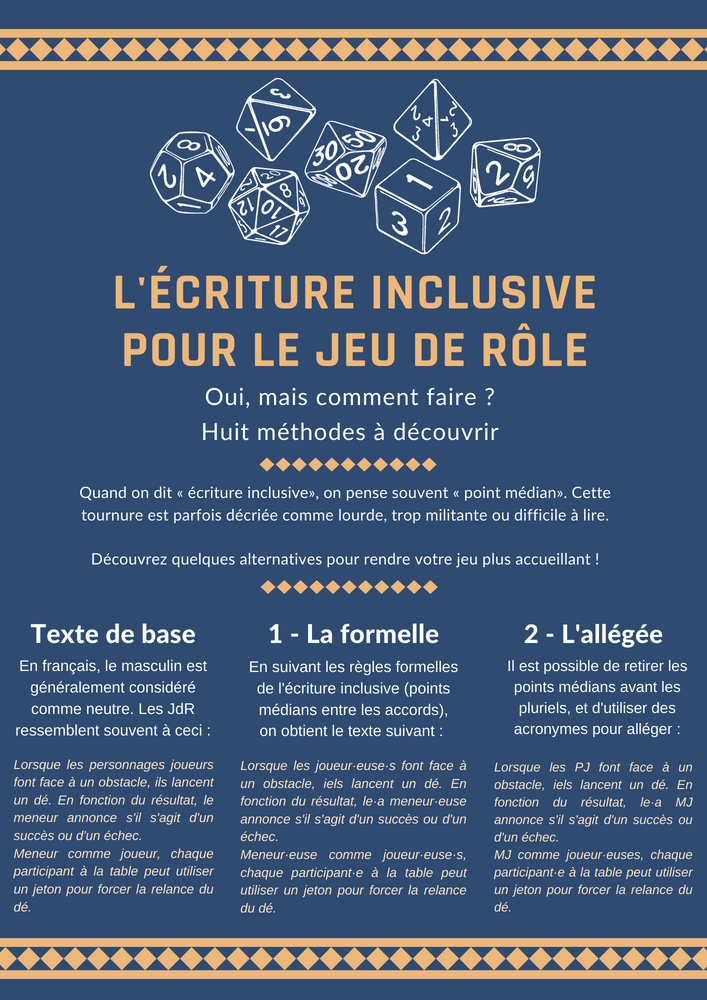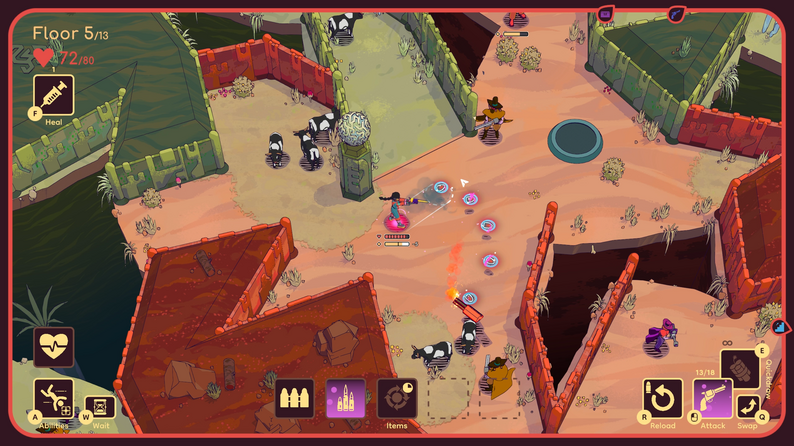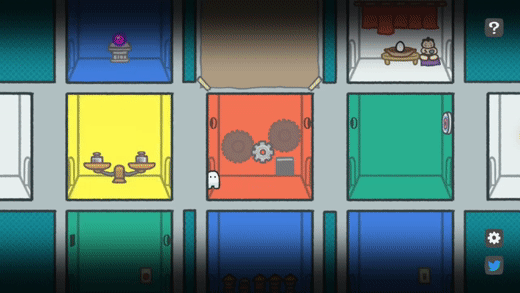permet de modifier de façon subtile et imperceptible une image, de sorte qu'elle ne puisse pas être rattachée à un visage sur une autre photo [...] : il retouche très légèrement les traits principaux du visage afin de tromper la reconnaissance faciale. Le procédé s'appuie sur une base de données contenant des visages de célébrités.
En utilisant des visages de stars ressemblant très peu aux photographies originales, les images s'en trouvent étrangement transformées.
«Les changements apportés à [mes] photos sont visibles à l'œil nu. Sur les images modifiées, j'ai l'air morte, ma fille de 3 ans a du duvet sur le visage et mon mari a l'air d'avoir un œil au beurre noir.»
Githup repo: https://github.com/fawkesrobotics/fawkes
Dans cet article, nous allons voir comment craquer une archive chiffrée protégée par un mot de passe en utilisant :
- L’attaque à clair connu de Biham et Kocher sur des archives Zip (PKZIP) basées sur la méthode de chiffrement ZipCrypto Store (peut être étendu à ZipCrypto Deflate).
- Une attaque classique par liste de mots sur d’autres archives chiffrées telle que les archives Zip (WinZip) basées sur la méthode de chiffrement AES (128,192,256), 7-Zip ou encore RAR.
Pour réaliser cette attaque, il faut au moins 12 octets de texte en clair connu et au moins 8 d’entre eux doivent être contigus. Plus le texte connu contigu est grand, plus l’attaque est rapide.
Any gif that claims to be showing
60fpsis simply untrue due to the fact that no web browser out there right now supports displaying gifs higher than50fps. If you try to set your frame rate any higher than what the browser supports (or if you set the frame delay to zero) then most browsers will default to a playback of10fps(over 5 times slower than you probably intended).
FROM: https://sebsauvage.net/links/?ZYOVJA
À savoir : les navigateurs ne supportent pas les GIF animés à plus de 50 images par seconde (50 fps).

Rumble in the Dungeon est ma dernière belle découverte ludique !
C'est un jeu très court (20-30 min par partie) pour 3 à 6 joueurs, alliant hasard, tactique et un peu de bluff, avec la possibilité d'enjoliver chaque action avec …
Initiation ludique, pédagogique & gratuite à la programmation en Python !

Ce projet est issu d'une thèse en didactique de l'informatique de Matthieu Branthom portant sur l'enseignement-apprentissage de la programmation informatique dans l'enseignement secondaire
Découvert via @sebsauvage : https://sebsauvage.net/links/?EiFcHg
Un site pédagogique pour apprendre les bases de Python sous forme de jeu: notion de variables, exécution conditionnelle, boucles.
Et les équivalents Scratch sont même indiqués.
git-remote-gcrypt is a git remote helper to push and pull from repositories encrypted with GnuPG, using a custom format
Supported backends are local, rsync:// and sftp://, where the repository is stored as a set of files, or instead anywhere gcrypt will store the same representation in a git repository
The aim is to provide confidential, authenticated git storage and collaboration using typical untrusted file hosts or services.
Tested: it works fine and is very easy to setup:
git remote add gitcrypt gcrypt::git@...
git config user.signingkey ...
git config gcrypt.participants ...
git push gitcrypt masterTo encrypt only SOME files in a git repo, better look at git-crypt
C’est LA voix de la SNCF : Simone Hérault raconte comment elle a été choisie et dévoile les coulisses de son travail unique en France (et oui, elle paye ses billets de train)
À chaque fois que quelqu'un se lance dans une explication sur « comment faire » de l'écriture inclusive, les gens commencent à débattre du « pour quoi faire ». Voilà un petit flyer qui permet de donner toutes les informations techniques utiles sans qu'elles ne soient noyées dans une discussion stérile !

Automatically generate test cases for Web, iOS and Android components, with Gherkin test scenarios
Voici 3 nouveaux scénarios pour Run. Die. Repeat., le jeu de rôle monopage de Labrys Games où l'on décède à la chaîne :

(5 pages, 1,33 Mo)
Au programme :
- Parasite : incarnez un parasite microscopique tentant de s'évader d'un laboratoire !
- Dernier wagon pour l’amour : vous avez eu un coup de foudre pour une jeune femme, mais vous risquez de ne plus jamais la revoir : déclarez-lui vite votre flamme !
- Pirates, vaudou et île au trésor : pirate revenu d'entre les morts grâce à une malédiction vaudoue, vous devez fuir l'île au trésor avant que la lune ne soit au zenith !
Mon premier brouillon d'article sur ce jeu date d'il y a plus de 3 ans, et il figure en bonne place dans mes jeux de de rôle favoris. Après l'avoir fait jouer de très nombreuses fois, je veux évoquer aujourd'hui le génial Lady Blackbird (site officiel) de John Harper, dont …


Shogun Showdown is a turn-based combat game with rogue-like and deck-building elements.
A very good indie game based on tactical battles with deck-building elements and combos!
Again, it's a bit addictive 😄. You will have to adopt a different strategy on every run based on the initial moves you gain after the very first battles.
A final version of the game will be available on Steam, but it is currently free and very enjoyable.
It's a bit similar to Shotgun King

GUN GODZ is a first person shooter about gun, gangster rap and the rich culture of Venus. Players try to escape the jail of a hotel, which is the only building on Venus and is owned by a record-label owner who happens to be the God of Guns.

A turn based bullet hell roguelike
An excellent tactical shooter! A bit like Hotline Miami.
It gives you this feeling of "it's hard but I can beat it, let's just play one last game..." 😄
Knowledge of the power-ups & enemies is also vital in order to judiciously pick the right weapons to face the next level (damn spiders), which means you get better at it the more you discover the game, and I like that!

Let's arrange the rooms and escape! There are two ENDs

Ma Première Aventure est une gamme de livre d'aventure où parents et enfants pourront partager de grandes aventures dans lesquelles ils pourront faire des choix. Chaque lecture sera donc une nouvelle aventure !
Tu vas pouvoir lire ce livre normalement, de gauche à droite, mais rapidement, tu feras face à des choix matérialisés par des pages coupées en trois. Tourne la partie de ton choix et découvre ce qu’il va se passer. Après plusieurs choix, tu arriveras à la fin de ton aventure...
Une fois la lecture terminée, il ne reste qu’à recommencer pour faire mieux, découvrir de nouveaux chemins ou essayer avec un autre personnage.
« Ma Première Aventure » est une gamme de livre jeunesse qui explore des univers différents pour une lecture de 15 minutes. Ces albums ludiques proposent de vivre des aventures interactives avec les enfants à partir de 4 ans. Ils sont également un support idéal pour des premières lectures.
Chaudement recommandé par un ami rôliste & papa 😊
... et c'est affligeant 🤦♂️ 😔
Merci à Axelle "Psychée" Bouet d'avoir mentionné ce triste billet d'humeur sur le forum de la FFJdR.
Je ne suis pas prêt d'acheter un numéro de ce magazine...
Nitter is a free and open source alternative Twitter front-end focused on privacy and performance. The source is available on GitHub at https://github.com/zedeus/nitter
- No JavaScript or ads
- All requests go through the backend, client never talks to Twitter
- Prevents Twitter from tracking your IP or JavaScript fingerprint
- Uses Twitter's unofficial API (no rate limits or developer account required)
- Lightweight (for @nim_lang, 60KB vs 784KB from twitter.com)
- RSS feeds
- Themes
- Mobile support (responsive design)
- AGPLv3 licensed, no proprietary instances permitted
Nitter's GitHub wiki contains instances and browser extensions maintained by the community.
Why Give Up GitHub?
- Copilot is a for-profit product. [...] Its AI model was trained exclusively with projects that were hosted on GitHub [...] Microsoft and GitHub have been ignoring these license requirements for more than a year
- GitHub has a for-profit software services contract with the USA Immigration and Customs Enforcement (ICE)
- While GitHub pretends to be pro-FOSS, their entire hosting site is, itself, proprietary and/or trade-secret software
- GitHub has long sought to discredit copyleft generally. Their various CEOs have often spoken loudly and negatively about copyleft [...] GitHub is wholly owned by Microsoft, a company whose executives have historically repeatedly attacked copyleft licensing
How Do I Give Up GitHub?
[...]
Alternative Hosting Services: SourceHut, CodeBerg (that can be used with builds.sr.ht to get CI pipelines)Ways To Help Even Before You Give Up GitHub
... (more details in the article)
